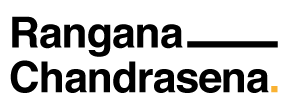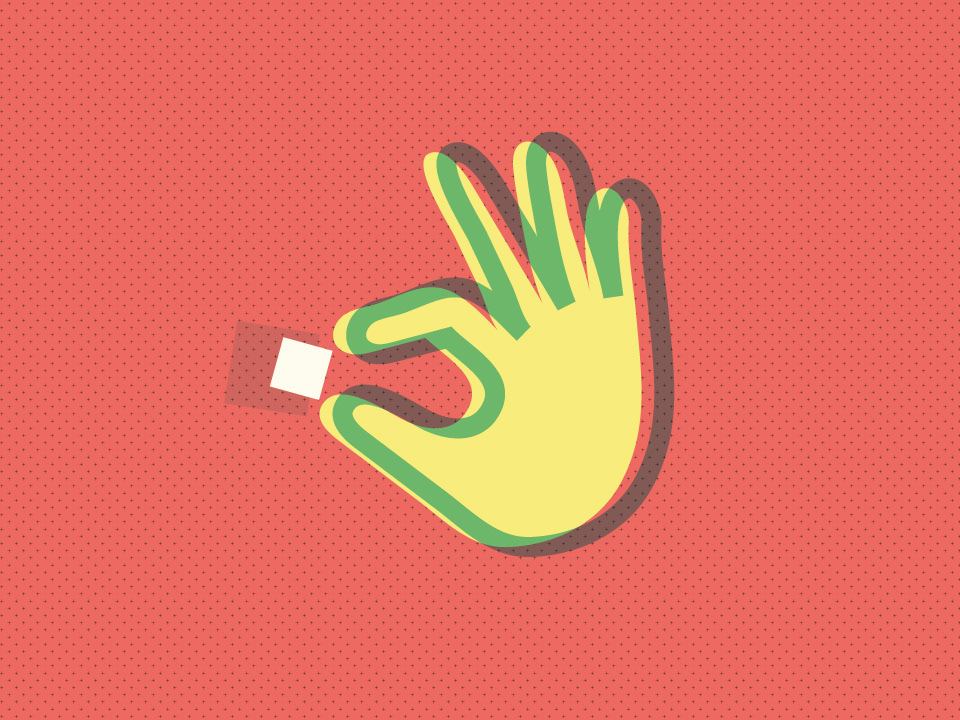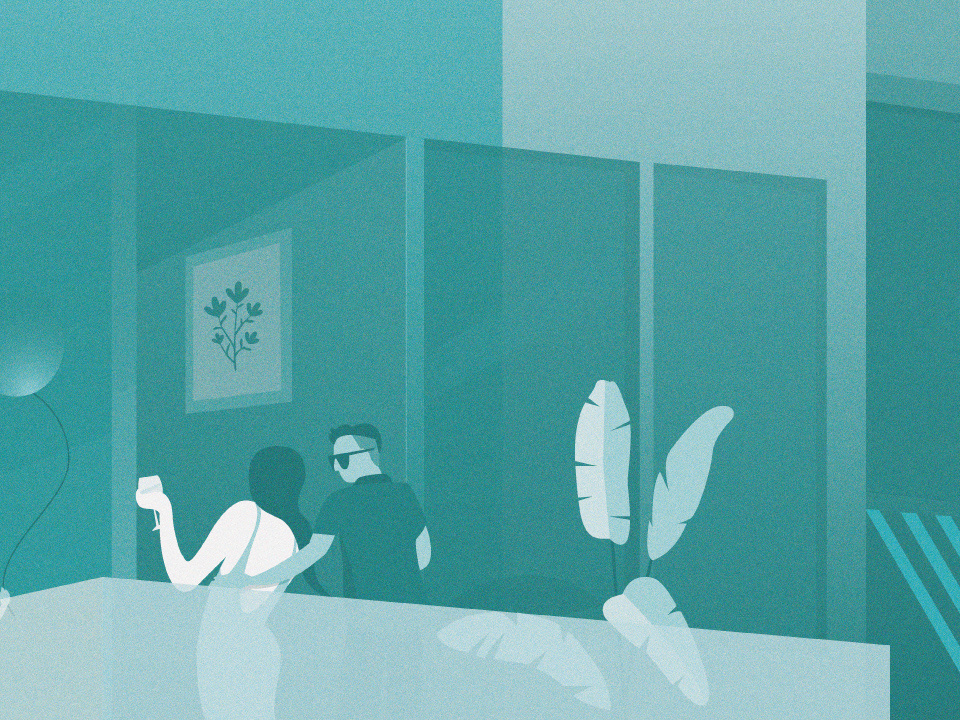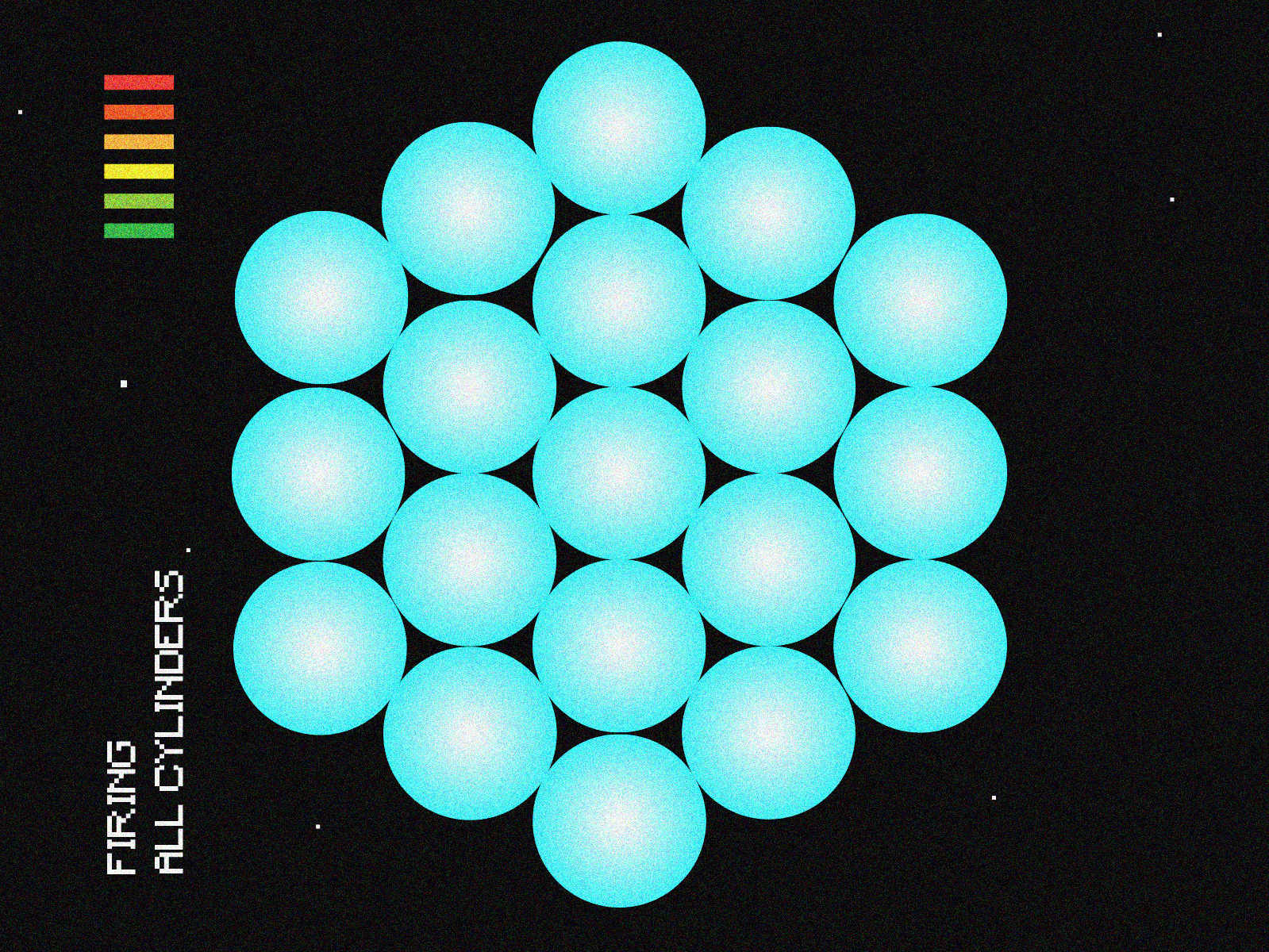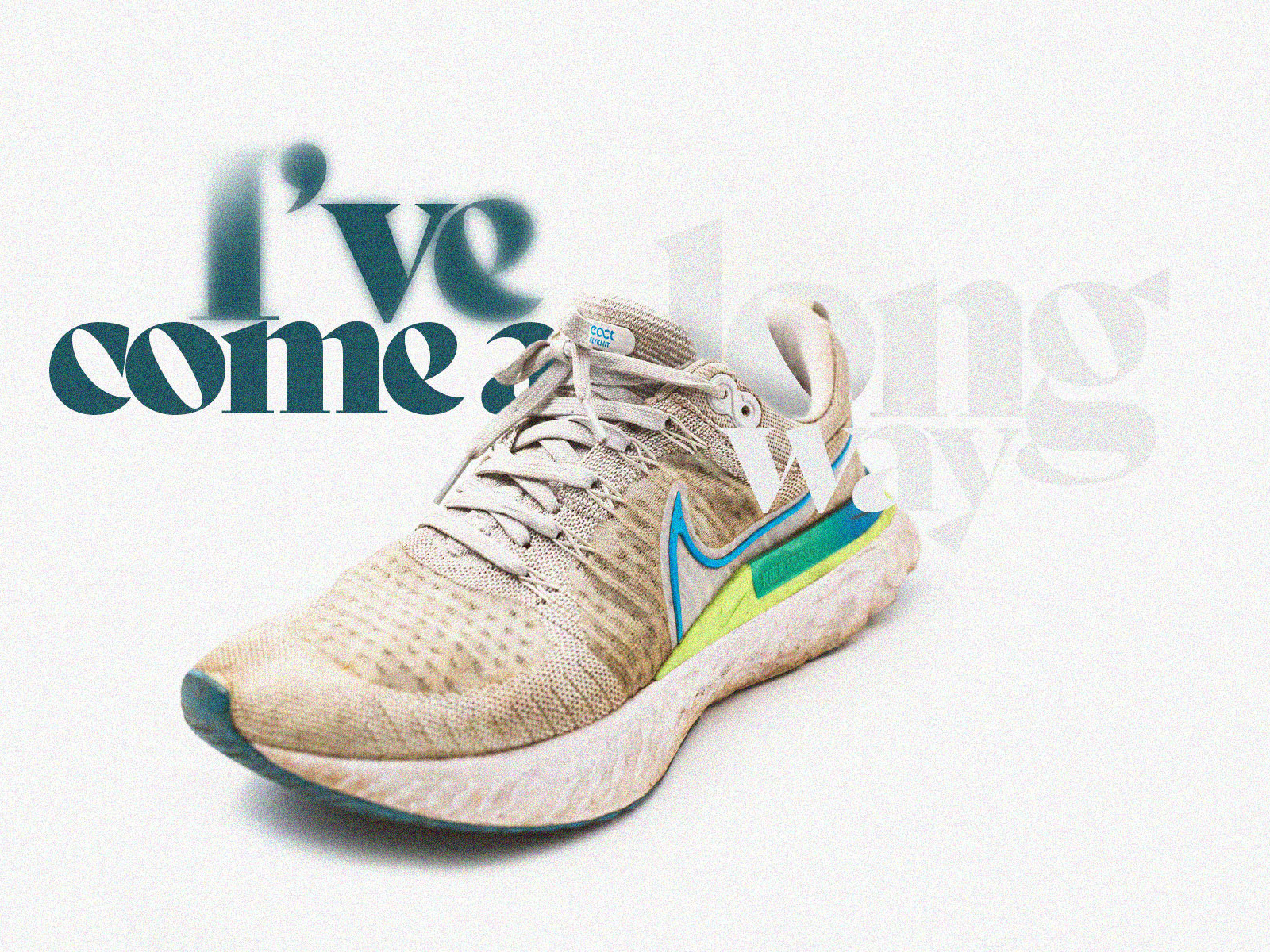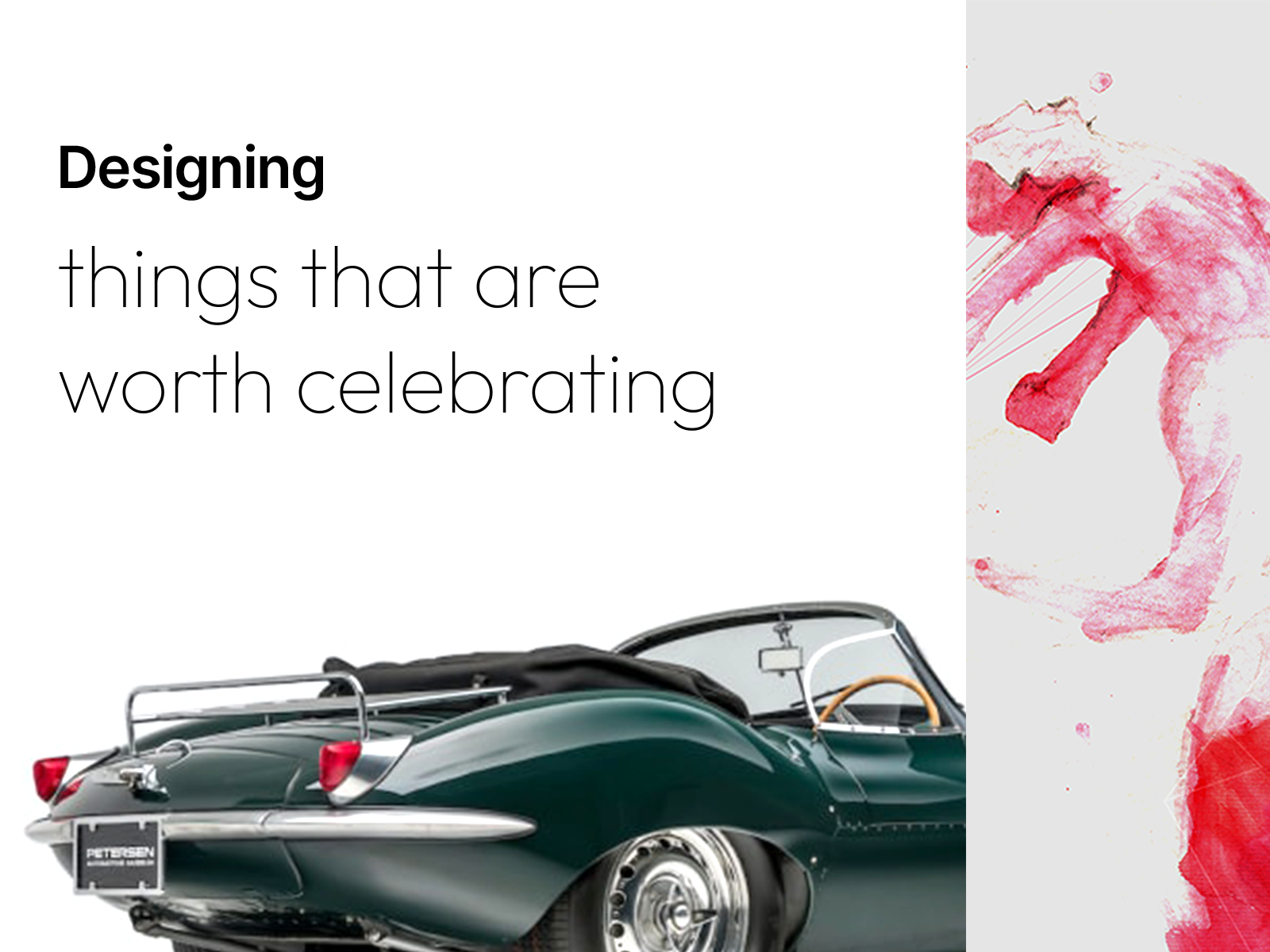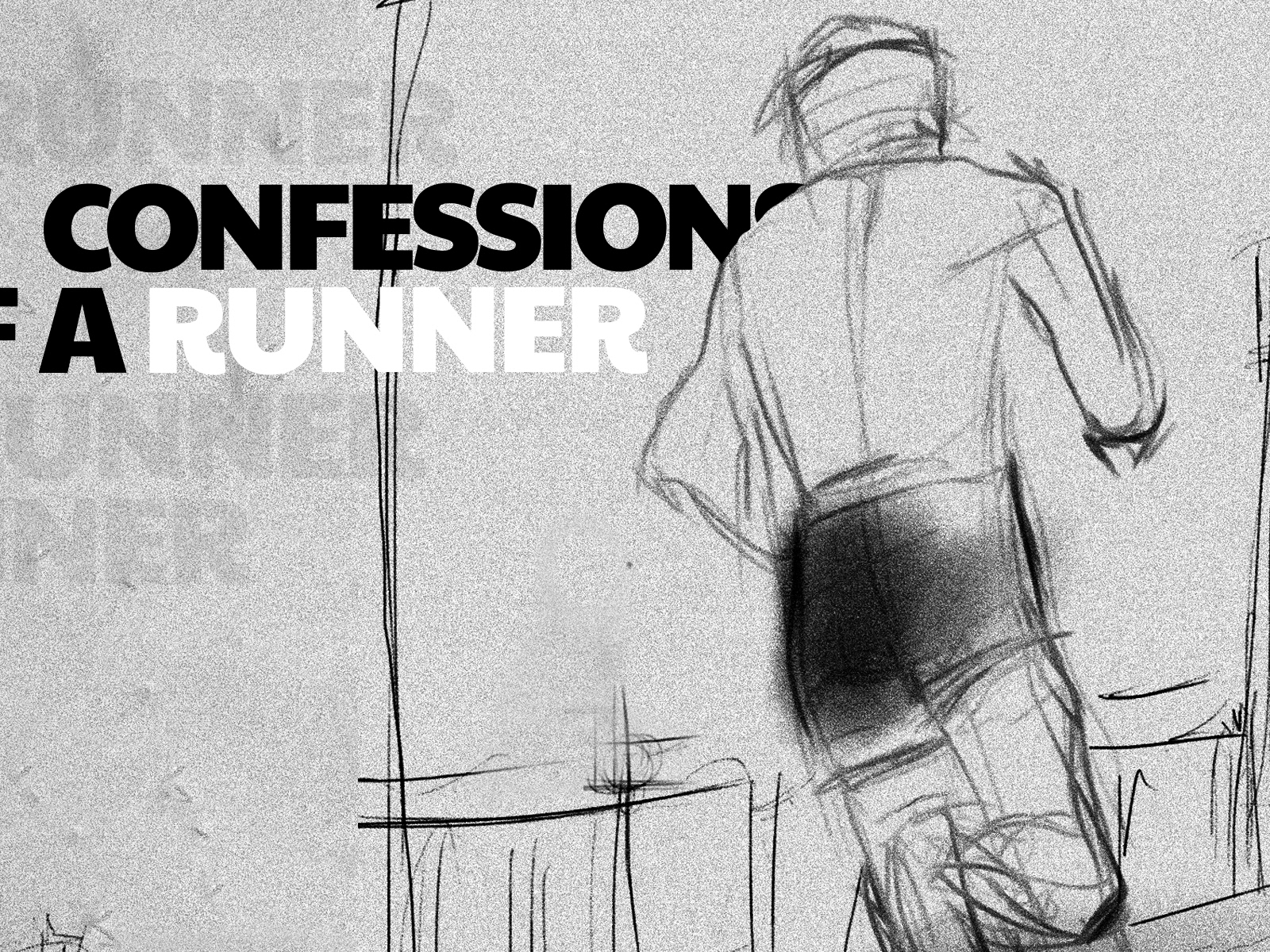It's been a while since my last article on design and visual aids in digital design implementation. I was extremely busy with my ongoing design system work and experimenting with a few initiatives on the same vertical.
Design Systems
The term "Design system" has its roots fixed in a series of work fronts. Product design to engineering, UI to graphical aesthetics, product management to resource planning,... the list goes on.
I have been leading some of the core initiatives related to Product UI and visual communication in a growing design system for some time now. From early 2021, planning to design, the implementation work was inspiring and challenged my skills from multiple fronts. I will share some of these challenges in this article with you.
Most of these scenarios were my personal experiences. Some might be new to the reader of this article, and some may find it familiar to their day to days. Nevertheless love to hear your take on these.
Adaptation may take some time. Keep documenting
As a UI designer, the best thing you want in the end is consistency and ease of mind regarding design-wide upgrades or refinements. Linked components to your master library instead of breaking them within layouts is a common practice we would like to follow as a team. However, designers may bypass this protocol when the context and requirements become tight. The result has two sides. One will succeed with faster and seamless implementation, while the other increases your risk of rework(or more work) as a DS (Design System) owner.
Here's what I learned.
Designers break the comps because the superior functionality is not present in the current component.
Make sure you have at least 2-3 repeated use cases when you define elements as a component. Think of variants, and plan for future scenarios you foresee.
Add documentation as much as you can to the component lists and system. I used to prioritise the components' functionality over this, and it backfired. So learned the lesson.
Set a common place where product designers can add new interaction case requirements. This might fill up your backlog but is extremely helpful in strengthening your design system.
Fail (Break) fast, build fast
Andrew Stanton from Pixar says, "Be wrong as fast as you can." Somewhere in mid chapters of the Creativity Inc. book by Ed Catmull, he stated this nicely about Andrew "To be wrong as fast as you can is to sign up for aggressive, rapid learning".
Not knowing this statement 100%, I have tried several scenarios with system development and component architecture and ultimately failed for good. Simple button formation to complex widget behaviours, if you are unsure about the particulars, form it first and give it a go with your team. Let it fail and rebuild it again.
The result is now I have a solid understanding of what works and what's not when it comes to most of the critical matters in this vertical.
Find what you love to accomplish.
Most of the work related to a design system and component library comes from a solid understanding of how the UI, product and visual communication collaboratively.
Sometimes part of your design system can be highly beneficial for your organisational brand teams, like their brand guides. Be it sound, scent, or texture, we can define it; it helps encapsulate perfectionism because it's not just the product requirement and features that help to build delightful products but meaningful aesthetics. And it works vice-versa since maintaining consistency is a somewhat shared goal for both. This may sound like we are thinning the line between design systems and brand guides. However, with the current rate of product digitalisation, finding common ground is critical.
Imagine a comprehensive illustration design system corresponding to your brand guide and component library. I am working on a project like this that helps designers build efficient visual experiences and regular product features. ( I will write about this in detail, Check Initial level illustration approaches ). In simple terms, a design system can be more than just a group of components.
It's not the destination.
It's the journey.
As designers, we evolve technologies and find ways to cut down the time we used to spend on tasks/tools. We follow what's out there and what fits right away to the existing experience. I believe this trend has created so many shortcuts, and designers often focus on standards over uniqueness.
Even though this does not create immediate problems or concerns, overtime leads to stagnation of creativity, absence of uniqueness and, worst case scenario, unsatisfied design souls in the teams. I have experienced this as a team lead in multi-disciplinary/digital design teams. So we must allocate ample time for what we love to do and want to have on our portfolios. That's what fuels designers to be innovative and forward thinkers.
If you are planning to be involved or already in a project that makes guides and standards, be mindful of these points.
